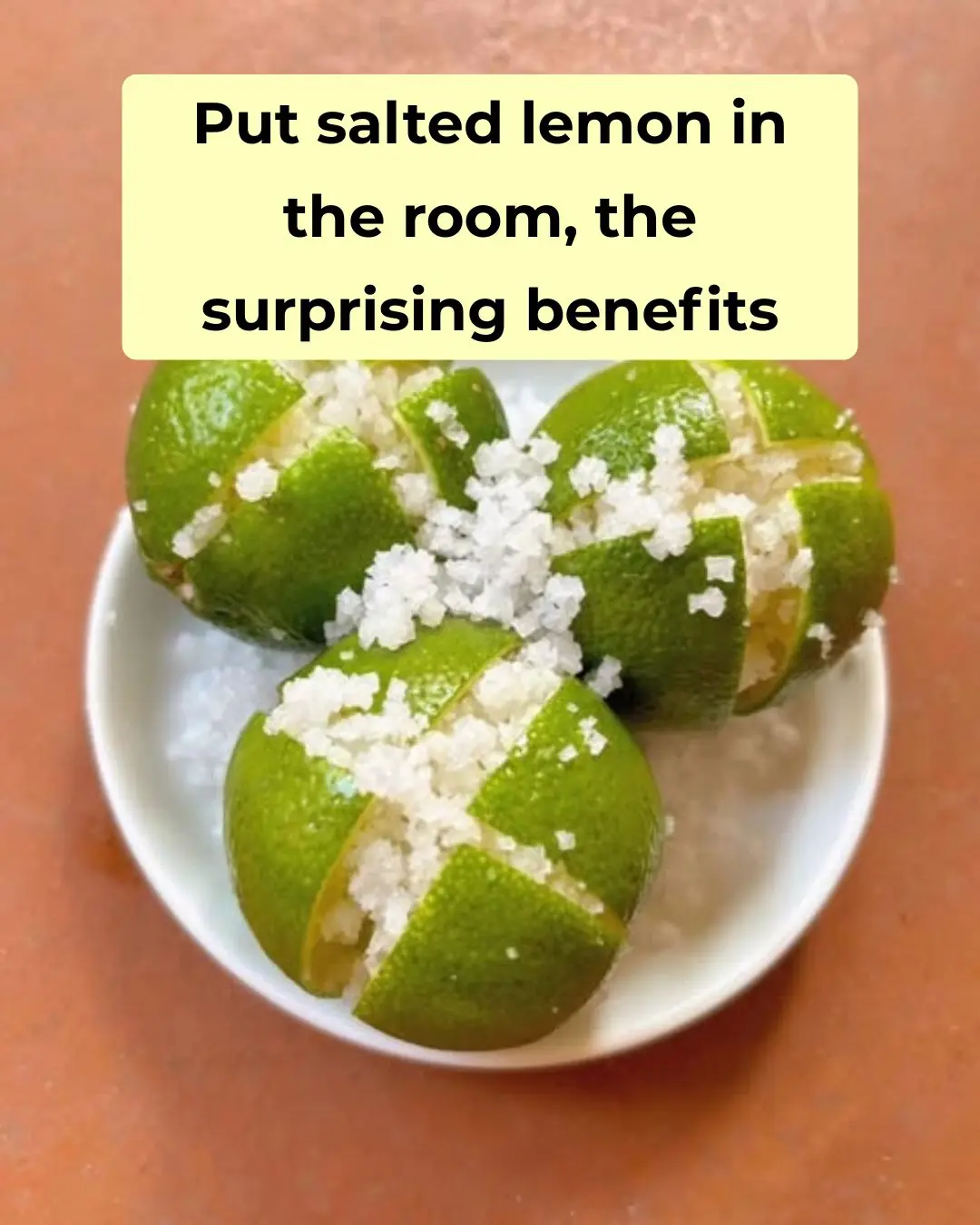
4 Types of Plants That Snakes Are Crazy About—If You Want a Peaceful Home, Get Rid of Them Right Away
Snakes are mysterious creatures that often invoke fear and anxiety in many people. While they play a vital role in the ecosystem by controlling pest populations, the mere sight of a snake in your home or garden can send shivers down your spine. Surprisingly, certain plants in your garden or home can attract snakes, particularly if they provide shelter, food, or moisture. If you want to ensure a peaceful and snake-free environment, it's important to be aware of the plants that may entice these reptiles. Here are four types of plants that snakes are known to be attracted to.
1. Tall Grass and Groundcover Plants
Snakes are naturally inclined to seek out areas with long grass and dense groundcovers, as these plants provide an ideal hiding place for them. The dense foliage and tall grass offer both protection and a great place for snakes to hunt for small prey, such as rodents and insects. Grass species like Bermuda grass or other tall ground covers can act as a sanctuary for snakes, providing them with cover from predators while they search for food.
Why Snakes Are Attracted to Them:
-
They provide hiding spots for snakes, making it easier for them to feel safe.
-
Tall grasses attract rodents, which are a major food source for snakes.
-
Moisture retention in these areas creates a favorable environment for snakes.
What You Can Do:
-
Regularly mow your lawn to keep the grass short and discourage snakes from taking refuge there.
-
Trim back any overgrown areas, particularly around the edges of your garden.
-
Avoid planting dense groundcovers that could become a snake haven.
2. Mulberry Trees
Mulberry trees may provide shade and fresh fruit for humans, but they also attract snakes. The berries are a food source for many animals, including rodents, which, in turn, attract snakes. Additionally, mulberry trees provide a great amount of shelter, particularly in areas where the branches touch the ground, creating a perfect hiding place for snakes.
Why Snakes Are Attracted to Them:
-
Mulberries attract rodents and insects, which snakes hunt for food.
-
The dense canopy of the tree provides shelter, making it a perfect place for snakes to hide and stay safe.
-
Fallen fruits and debris under the tree offer hiding places and opportunities for snake movement.
What You Can Do:
-
Regularly clear up fallen fruits and debris under the tree to reduce potential snake habitats.
-
Trim branches that hang low to the ground, as these could be hiding spots for snakes.
-
Consider replacing mulberry trees with plants that don't attract rodents as much.
3. Ivy and Other Vining Plants
Vining plants like English ivy and other creeping varieties can be highly attractive to snakes. These plants grow rapidly and create dense, tangled masses of foliage that are ideal for snakes to hide in. They also provide moisture and shelter, both of which are attractive to snakes seeking a cool and safe environment. Ivy often spreads along the ground, offering snakes the perfect hiding spot during the day.
Why Snakes Are Attracted to Them:
-
The dense foliage of vining plants offers excellent hiding spots for snakes.
-
Vines often grow along fences or walls, creating safe passageways for snakes to travel.
-
The shade and moisture provided by the plants help create a cool, comfortable environment for snakes to live in.
What You Can Do:
-
Regularly trim back ivy and other creeping plants that are growing near your home or garden.
-
Install barriers or fencing around areas where these plants are growing to keep snakes from entering.
-
Replace these plants with low-growing shrubs or flowers that don't attract snakes.
4. Succulent Plants and Cacti
Although succulents and cacti are often considered low-maintenance and drought-tolerant, they can also attract snakes. These plants provide a steady supply of shelter in the form of their thick, fleshy leaves and spiny exteriors. The moist soil in which succulents and cacti thrive can also be an attractive environment for certain species of snakes. Furthermore, the areas surrounding these plants often harbor small rodents, making them prime hunting grounds for snakes.
Why Snakes Are Attracted to Them:
-
The dense clusters of succulent plants create hiding spots that snakes can utilize for protection.
-
These plants often thrive in areas where moisture is present, attracting snakes seeking hydration.
-
Rodents and insects, which snakes feed on, are attracted to the environment around succulents and cacti.
What You Can Do:
-
Be mindful of the types of succulents and cacti you plant around your home.
-
Keep the area around these plants clear of debris, as it can attract snakes looking for food or shelter.
-
Avoid planting succulents in areas where snakes may have easy access to shelter and food.
Conclusion
While it may seem like an impossible task to completely rid your property of the factors that attract snakes, understanding which plants are most likely to draw them in can help you create a safer, more peaceful environment. By removing or replacing certain plants, maintaining your garden, and ensuring that areas with potential snake attractants are cleared regularly, you can reduce the chances of snakes taking refuge in your yard. It’s essential to strike a balance between enjoying nature and keeping your home safe, and with a little effort, you can ensure a snake-free and peaceful living space.
News in the same category


On Humid Days, Walls Are Prone to Mold and Peeling—Do This Right Away to Improve the Situation

Every Home Refrigerator Always Has Two Problems—Throw Them Away as Soon as Possible to Prevent Future Bad Smells

Tips to Eliminate Unpleasant Odors in the Refrigerator—After One Night, the Unbearable Smell Will Completely Disappear
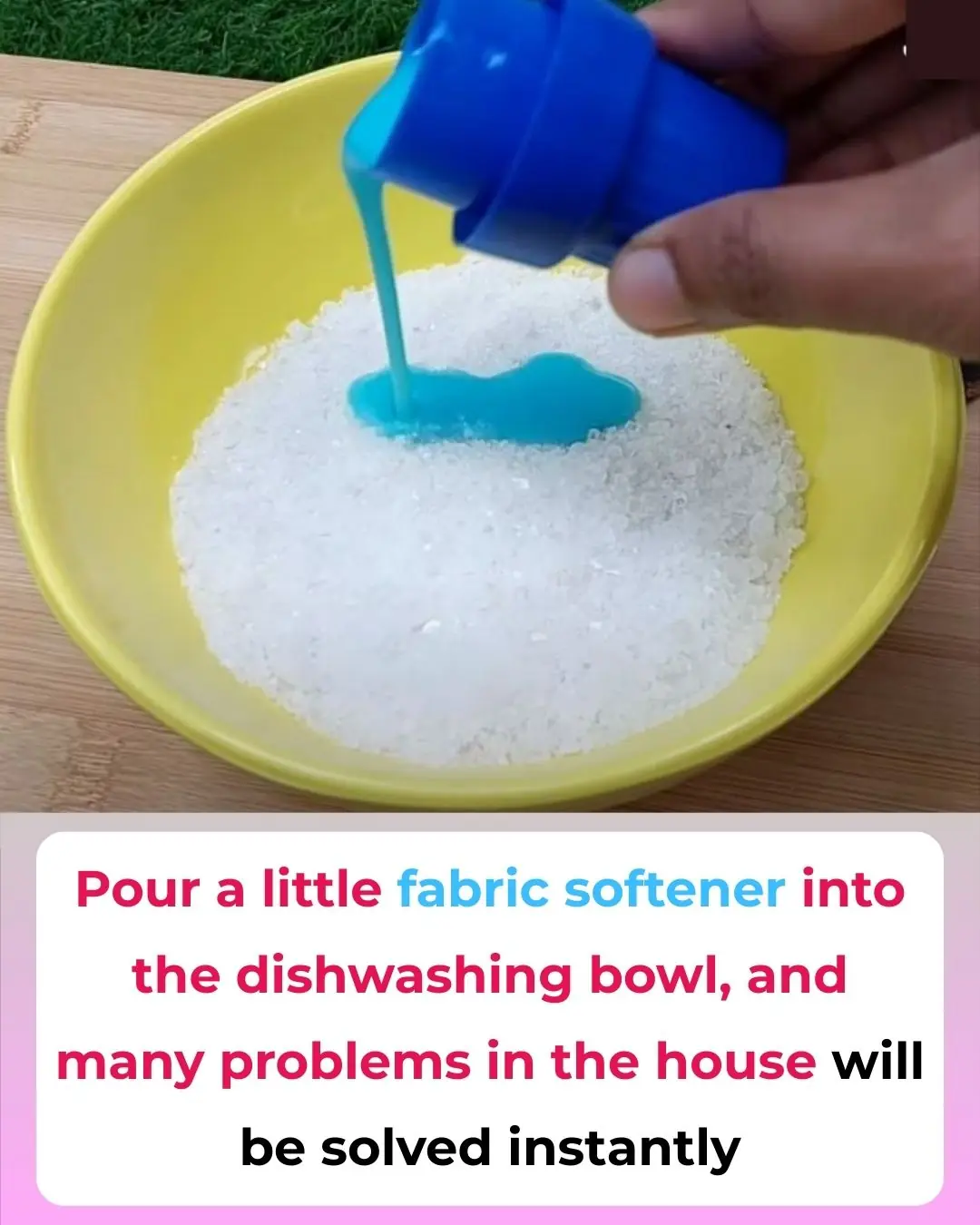
Pour a Little Fabric Softener into the Dishwashing Bowl, and Many Problems in the House Will Be Solved Instantly

Save Millions on Electricity Bills Every Year by Knowing How to Clean the Bottom of the Rice Cooker

Wooden Cutting Board Got Black Mold? Skip the Soap—Do This 5-Minute Reset
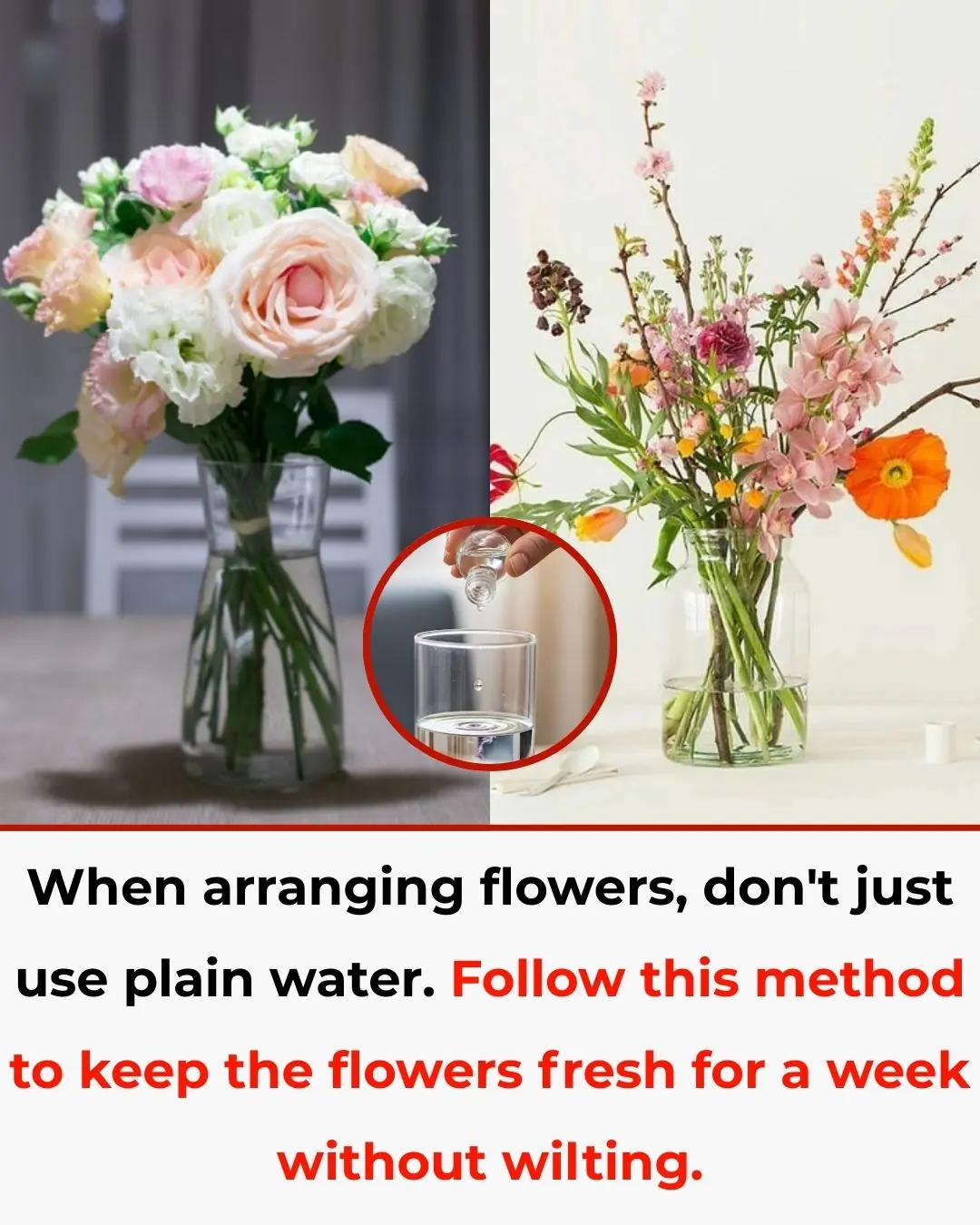
Don’t Use Plain Water for Flower Arrangements

When Boiling Sweet Potatoes, Don’t Use Plain Water—Add a Spoonful of This for Softer, Sweeter Results
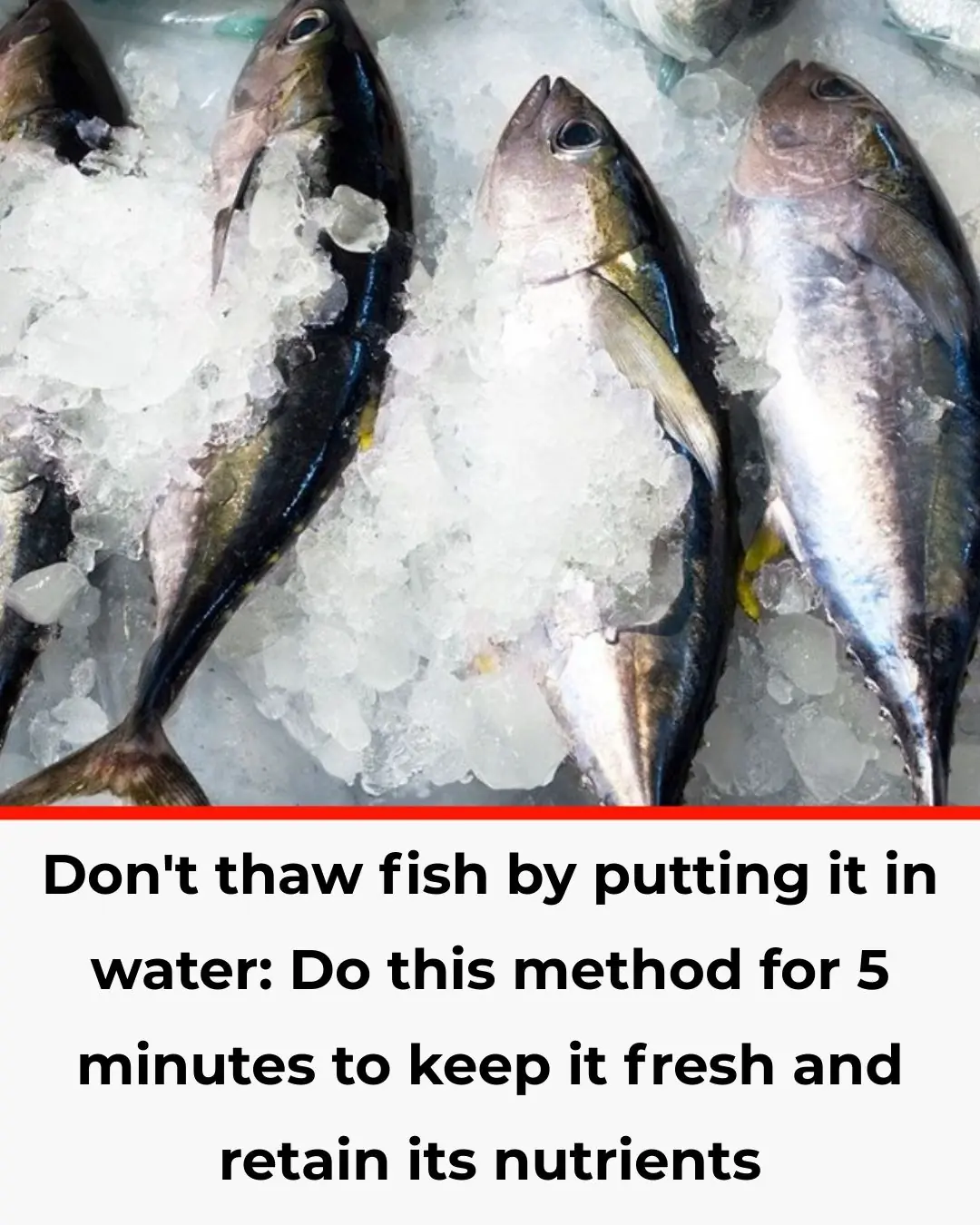
Don’t Thaw Fish by Putting It in Water

Don’t Clean Your Bathroom Mirror with Plain Water
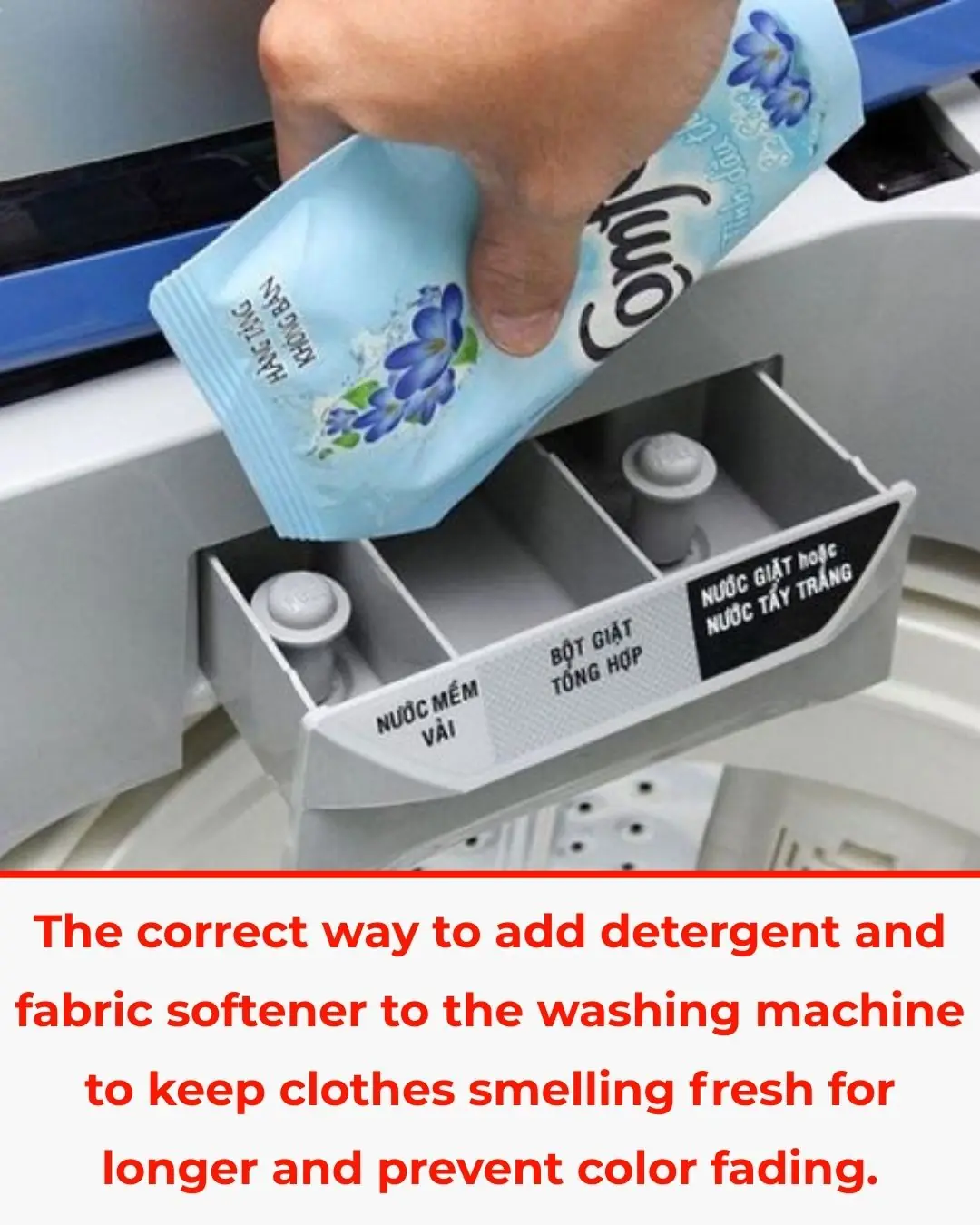
The Correct Way to Add Detergent and Fabric Softener to Your Washing Machine
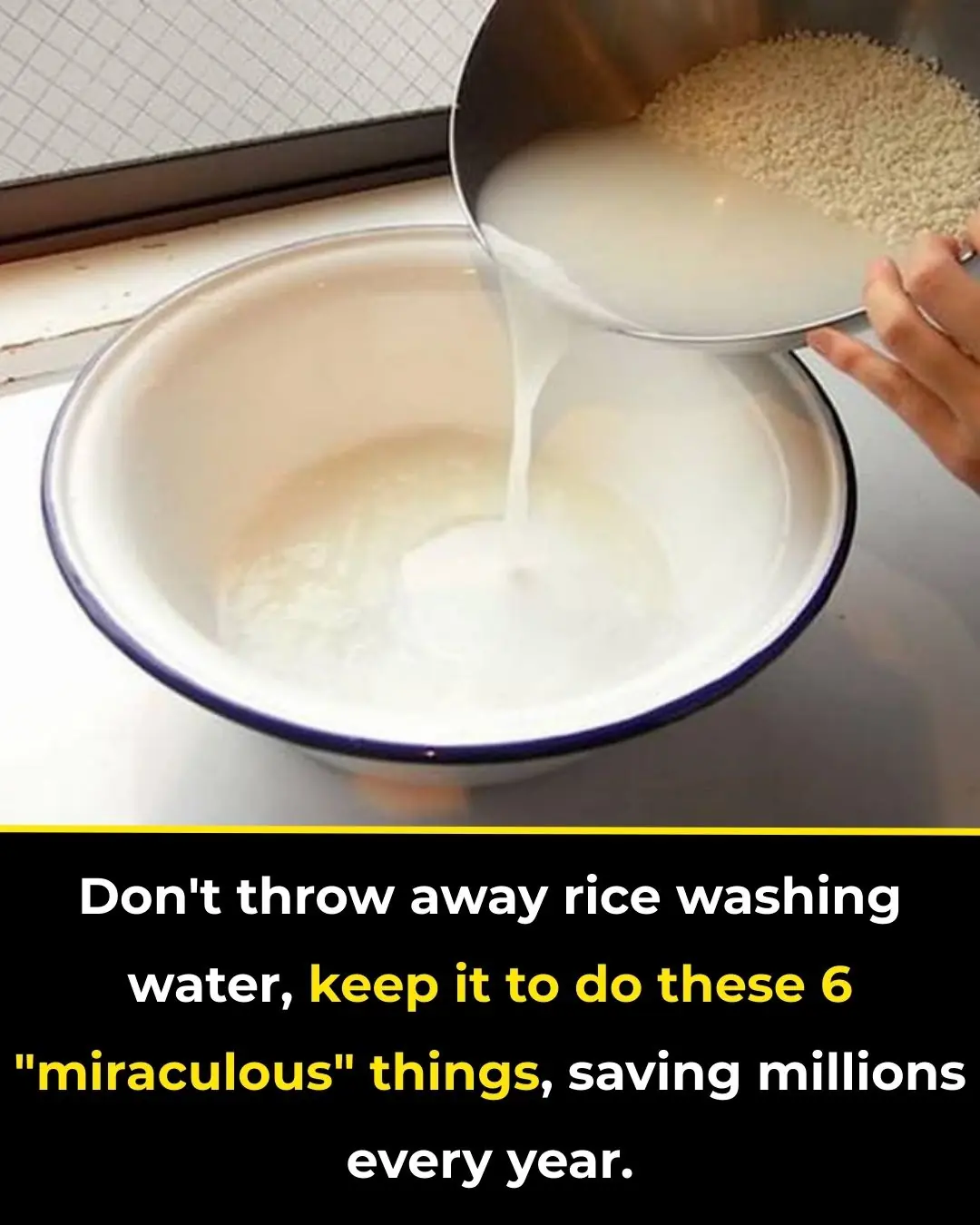
Don’t Throw Away Rice Washing Water: 6 Smart Uses That Can Save Serious Money

How to Store Fish and Meat in the Refrigerator: Shop Less, Keep Food Fresh All Month

Don’t Clean the Fridge with Plain Water—Mix This In and It’ll Be Spotless and Odor-Free
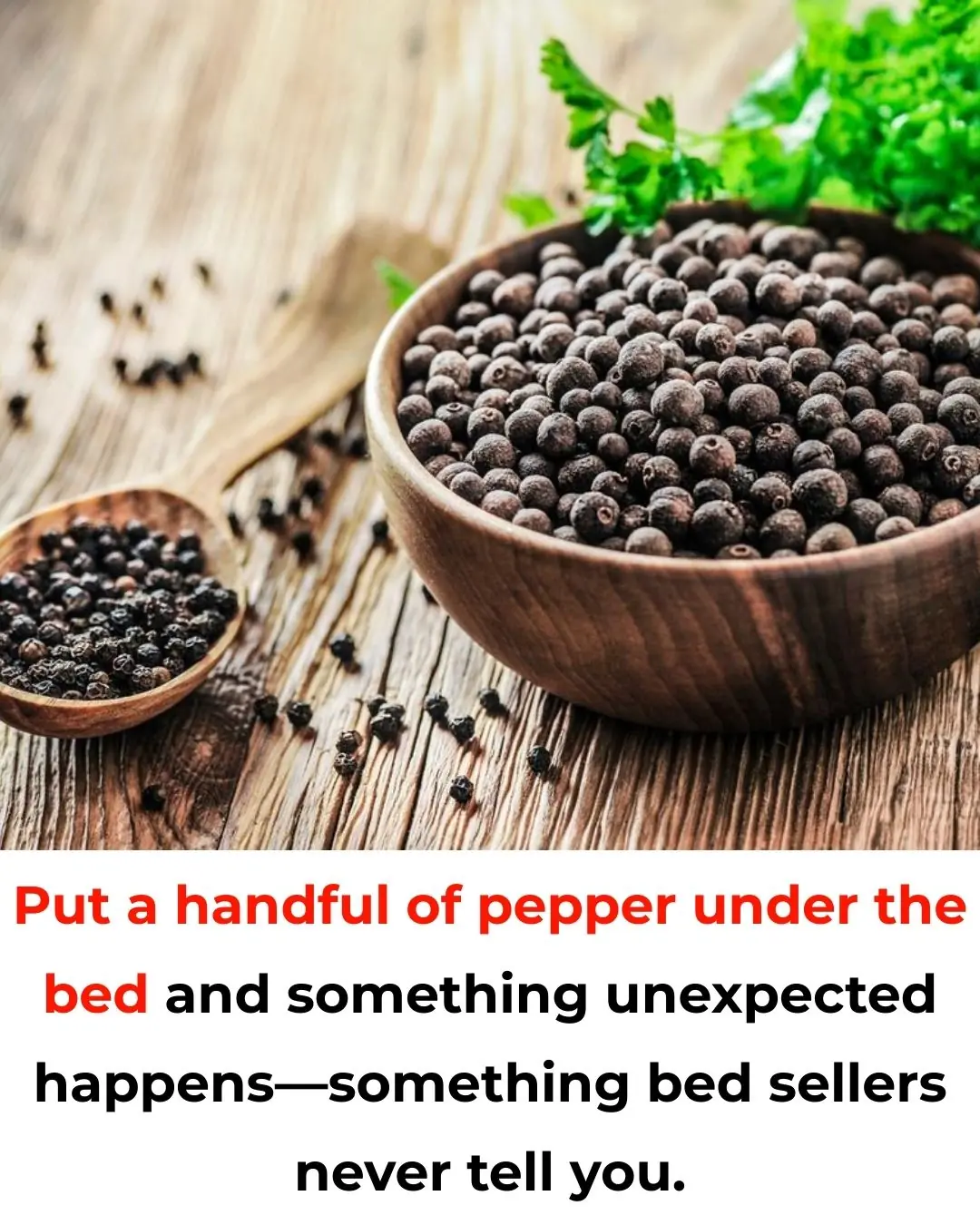
Put a Handful of Pepper Under the Bed and Something Unexpected Happens—Something Bed Sellers Never Tell You

Rice Left in the Rice Cooker Overnight—Can You Still Eat It? The Answer May Surprise You
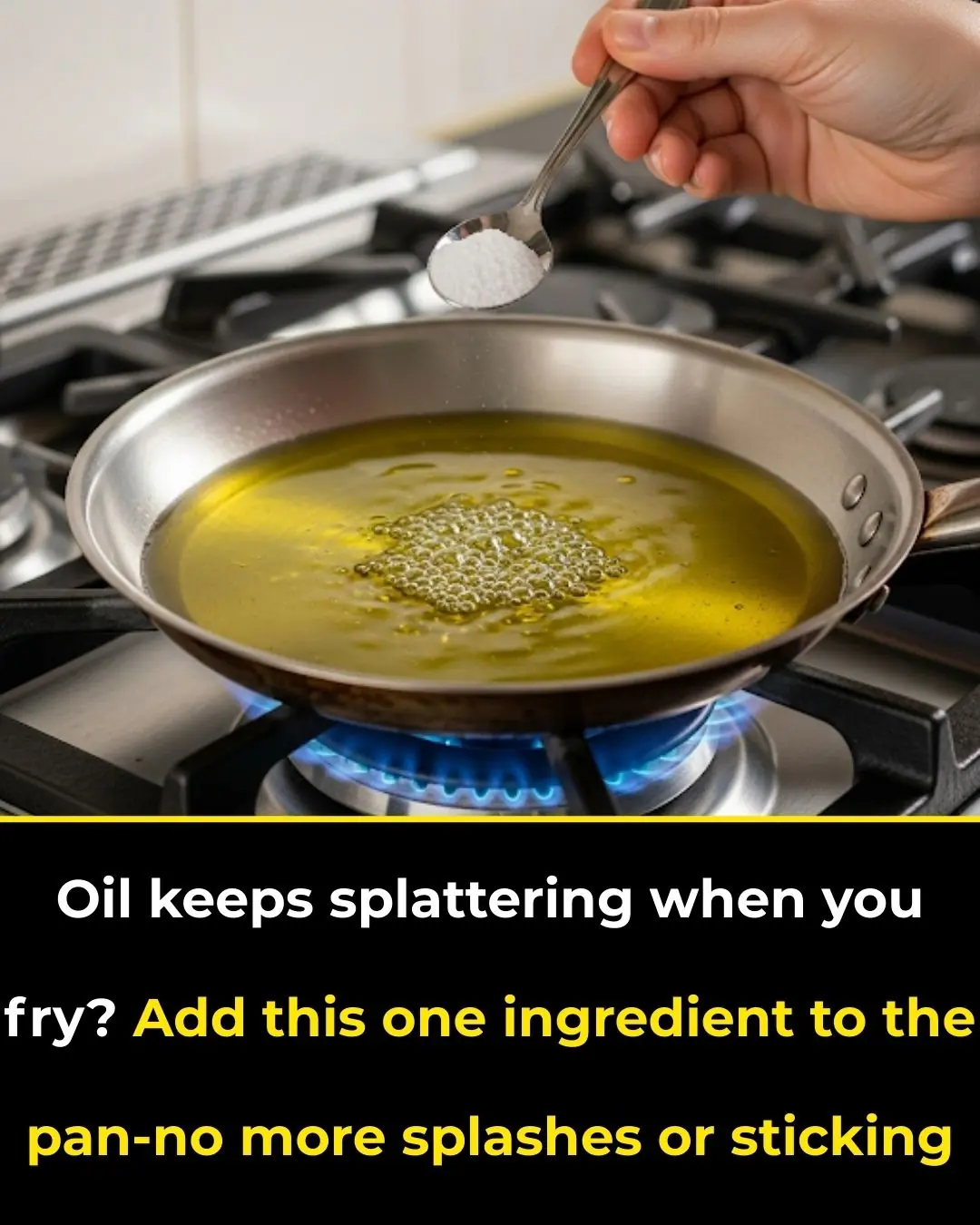
Oil Keeps Splattering When You Fry? Add This One Ingredient to the Pan—No More Splashes or Sticking
News Post

Dogs Can Tell If A Person Is Good Or Bad

Panic on P:0rnh:ub as adult site reports it's losing one million users every single day

Surprising Benefits of Sitting Facing Forward on the Toilet

New Jersey man d:i:es while traveling to meet AI chatbot he fell for
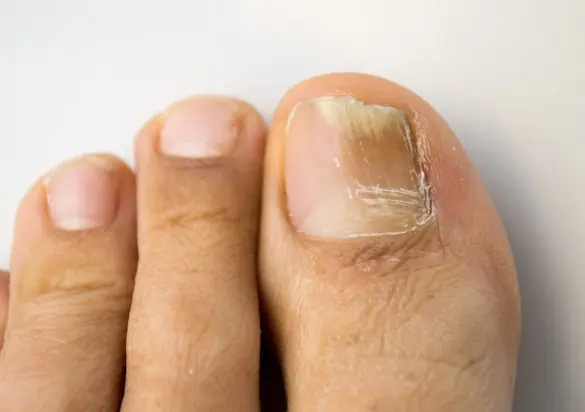
Brittle Nails, Dry Hair? You’re Missing Out on These Vital Vitamins, Says Science!
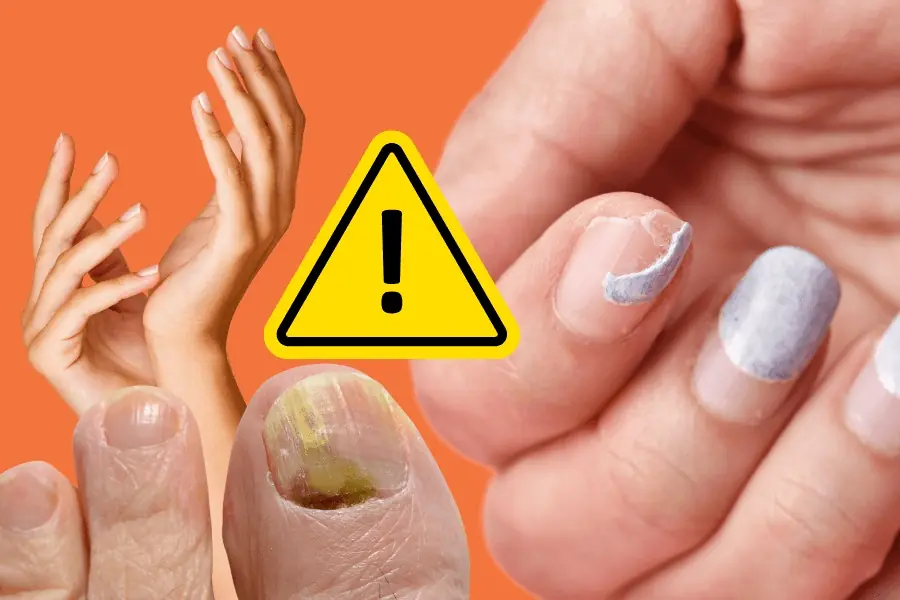
Experts Reveal 11 Hidden Health Warnings You Can Spot Just by Looking at Your Nails

Your Body Holds 7 Octillion Atoms—And Most Are Billions of Years Old

What’s the Purpose of Dual-Flush Toilet Buttons?

Why You Should Stop Waking Up to Urinate

Scientists Say That The Brain Senses Emotions In Others Without You Even Knowing It

Lithium Deficiency May Spur Alzheimer’s — and Guide Treatment

Hep B Transmitted by Shared Glucometers in Care Facility

Put Salted Lemon in the Room—The Surprising Benefits

On Humid Days, Walls Are Prone to Mold and Peeling—Do This Right Away to Improve the Situation

Every Home Refrigerator Always Has Two Problems—Throw Them Away as Soon as Possible to Prevent Future Bad Smells

Tips to Eliminate Unpleasant Odors in the Refrigerator—After One Night, the Unbearable Smell Will Completely Disappear

Tips for Cleaning an Air Fryer Without Scrubbing, Yet It Still Looks As Good As New

Pour a Little Fabric Softener into the Dishwashing Bowl, and Many Problems in the House Will Be Solved Instantly
